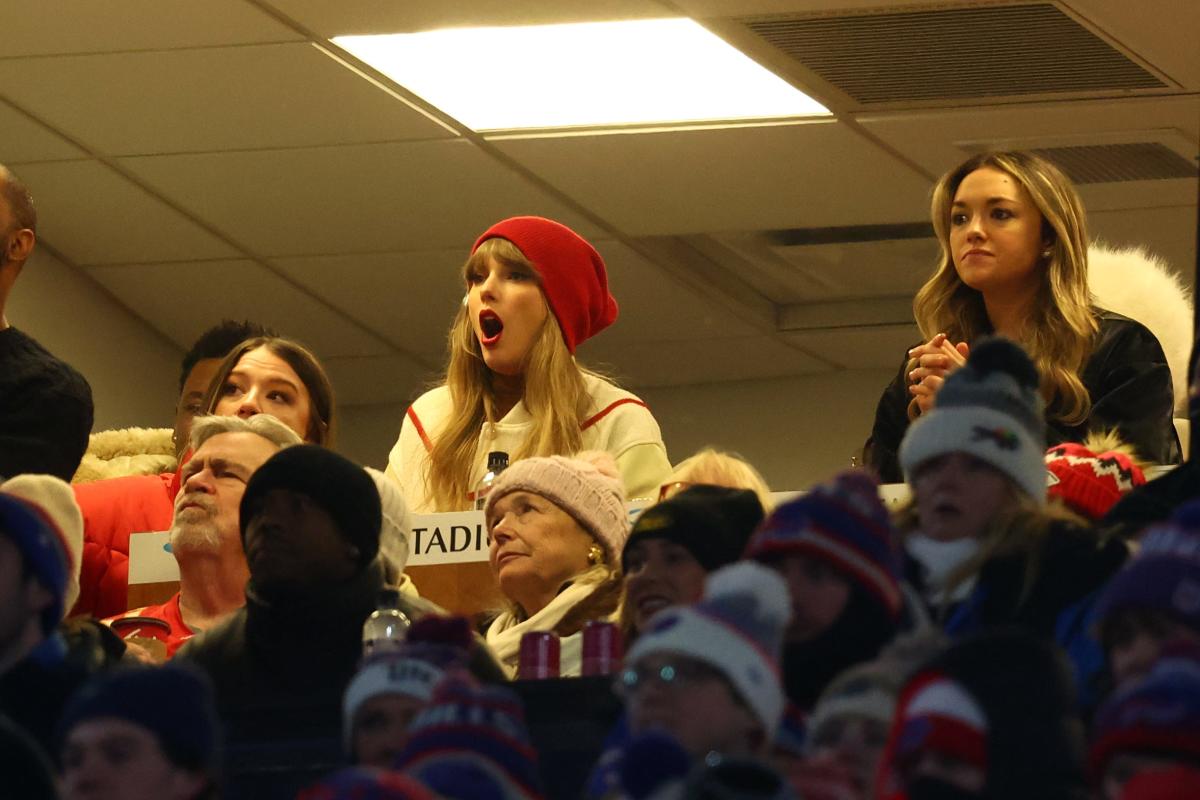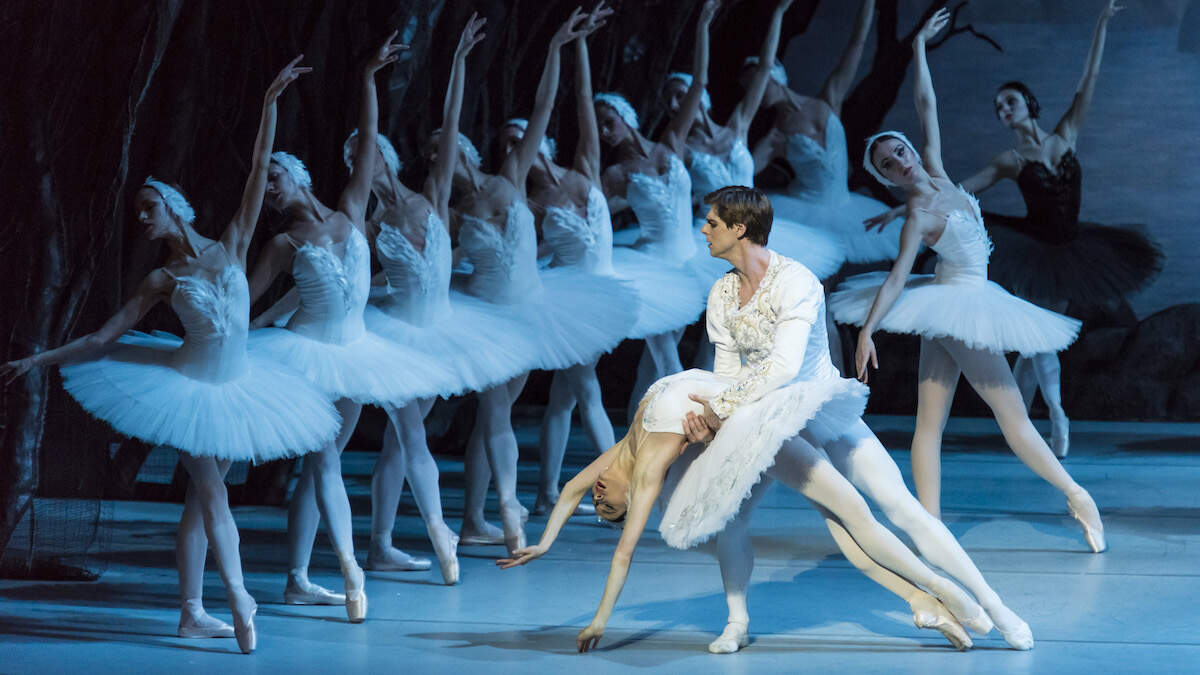Technological disruption in filmed entertainment is nothing new. From the earliest days of photochemical film for capture and projection to the modern era of digital projectors, cameras, sound, visual effects and distribution, filmed entertainment’s 120-plus-year history is one of constant innovation, collaboration, standardization and growth.
As it tries to right the ship after lengthy dual strikes, Hollywood is facing a whole new wave of disruption, this one caused by recent advances in artificial intelligence. AI technologies and tools are driving a more profound shift than the industry has ever seen — at least it feels that way.
The entertainment business’ reaction in these early AI days is reminiscent of its history with past disruptions, as the tech prompts a heady dose of unbridled enthusiasm countered with fear, uncertainty and doubt (not to mention copyright infringement lawsuits).
While it’s uncertain whether Mark Twain actually said, “History doesn’t repeat itself, but it often rhymes,” the epigram is an appropriate lens through which to frame the industry’s current turbulence, as illustrated by some notable examples.
Digital Cinema
When it became clear in the early 2000s that theatrical exhibition was going digital, the business need for a universal standard for digital film prints drove the major Hollywood studios to form Digital Cinema Initiatives.
The consortium worked with cinema technology providers and filmmakers in developing a voluntary technical specification to ensure that digital prints of suitable picture and sound quality could be played anywhere in the world, mirroring the industrywide 35mm film standard. The specification was standardized in the U.S. by the Society of Motion Picture and Television Engineers.
Rewiring the global cinema technology platform had its challenges. Cinema’s tech leaders had to assert themselves in the international standards community to ensure the cinematic experience remained differentiated, elevated and not degraded to just a big TV screen.
Thankfully, they prevailed through a global agreement at the International Organization for Standardization on the cinema-specific technical standards in use today. Those standards enabled further innovations such as improved stereoscopic 3D, higher brightness and high dynamic range (HDR), each of which opened new revenue opportunities.
Cloud-Based Production
The second major shift, which began in the mid-2010s and is still underway, is from physical, on-premises production tools to cloud-based services for all forms of production.
That evolution ramped up with the remote production demands of the global pandemic and a 2019 whitepaper titled “The Evolution of Media Creation: A 10-Year Vision for the Future of Media Production, Post and Creative Technologies,” published by MovieLabs, the R&D venture undertaken jointly by all of Hollywood’s major studios.
MovieLabs took a leadership role by publishing key technical specifications and initiating a range of collaborative activities with industry partners on common technical practices for secure cloud-based workflows.
The shift is expected to continue providing cost savings and increased production flexibility as well as new capabilities that often come with modernized infrastructure.
Notably, it also brings the industry into closer alignment with a few Big Tech companies for network, computing and storage capabilities.
Enter AI: The Great(est?) Disruption
Ironically, it is the Big Tech companies, plus a few others, that are providing the foundational AI technologies powering today’s extraordinary wave of innovation, with new startups and tools appearing on a weekly, and sometimes daily, basis.
The AI ecosystem on which our industry will rely is more disruptive and expansive than anything we have faced before, likely involving state, federal and international regulatory oversight as well as new alliances, new turf wars and workforce development challenges.
The pace of technological advancement is more rapid than ever. When have we ever seen research offered so quickly and so directly to end-users, apparently without much in the way of traditional product management, testing or quality assurance in so many cases?
The media and entertainment industry is doing a great job of educating itself through guilds, professional societies, conferences and trade shows. It is also active in critical discussions on if and how copyright law will adapt to AI training sets and whether generative AI tools will impact the copyrightability of new content.
Still, there are consequential conversations in forums establishing new technical foundations on which the sector will sit, with little to no creative technologist representation: U.S. government agencies beyond the Copyright Office, the United Nations’ International Telecommunications Union and competitive initiatives for content security and authentication, to name a few.
There is also a 65-country-strong standards committee that has already published 34 foundational AI protocols covering terminology, risk management systems, ethical concerns and more.
Seizing the Opportunity
Achieving a new equilibrium for Hollywood — one with profitable business models, stable supply chains and a sustainable workforce — requires, among other things, agreement on the technical framework.
Successful technical standards emerge after recognizing common pain points among stakeholders, advancing to enlightened self-interest and cooperative collaboration on solutions that foster continued innovation.
To be sure, the world of entertainment is facing economic and market challenges unrelated to AI. But this latest disruption presents an opportunity to elevate the industry to new heights.
Clarifying the collective requirements for AI advancements will take both leadership and effort, but it’s the only way to position Hollywood for a future where tech, creativity and business continue to thrive together.
Andy Maltz, founder and principal of media tech consultancy General Intelligence, has been navigating disruptive change in M&E for decades. He also serves as chair of ISO/TC 36 Cinematography, the film industry’s international technical standards committee.





